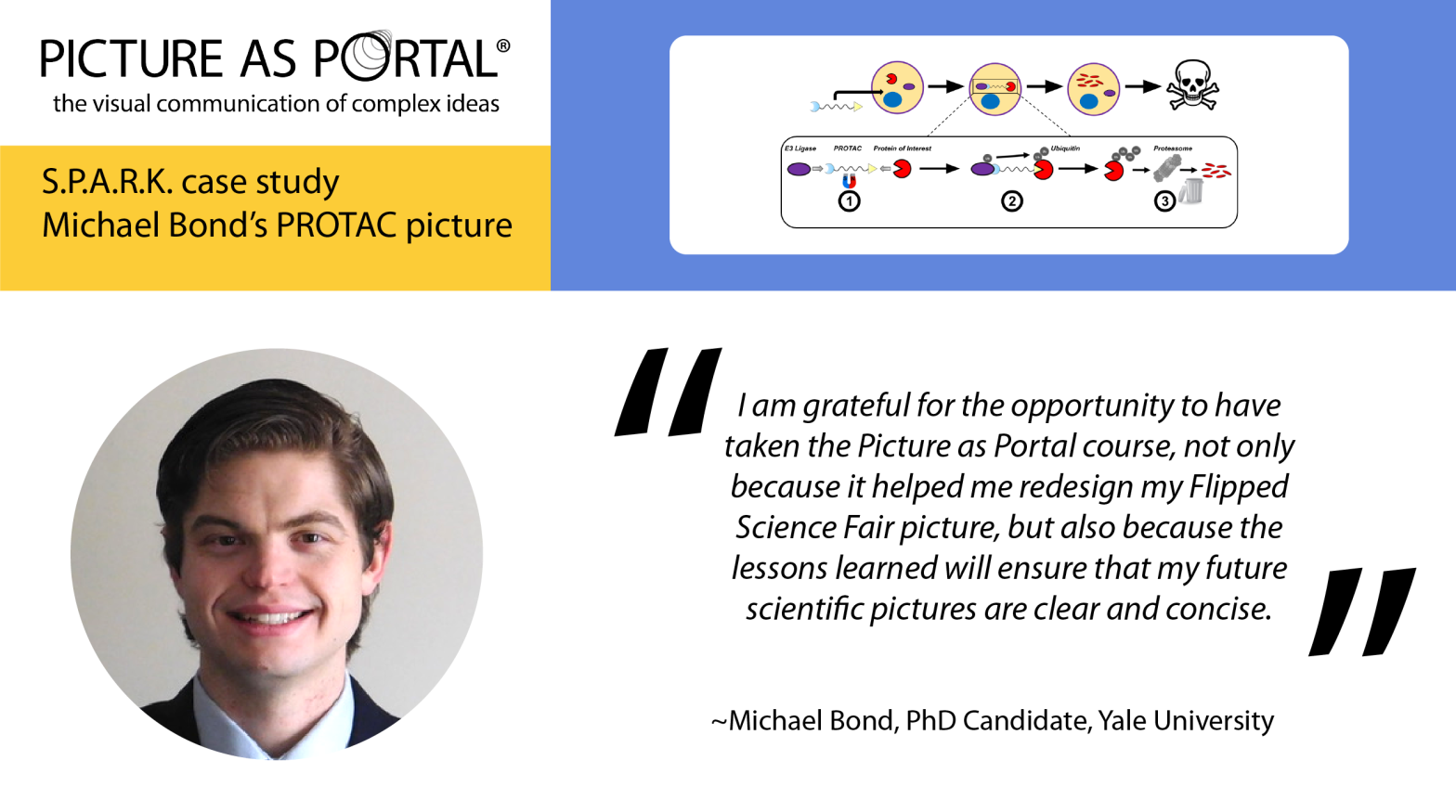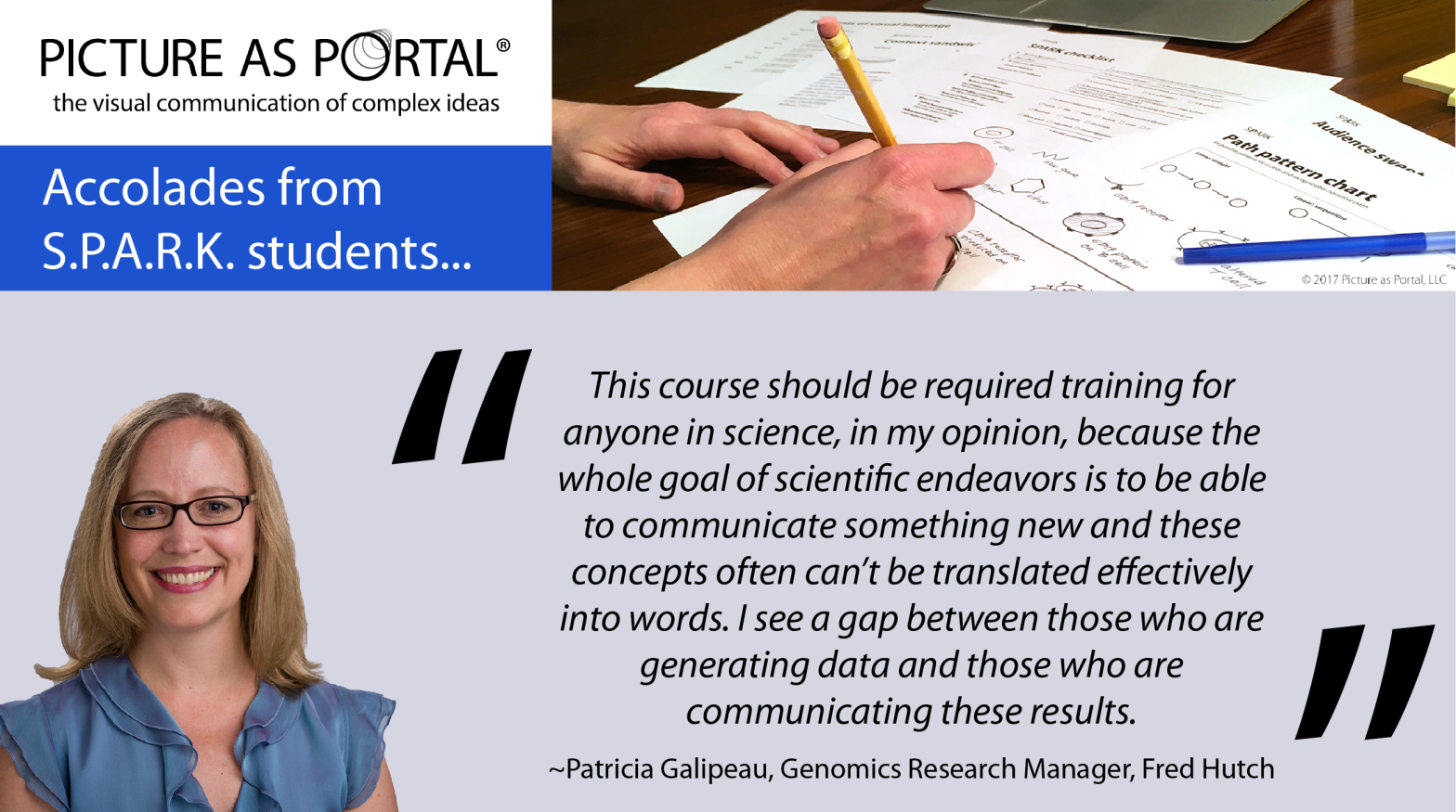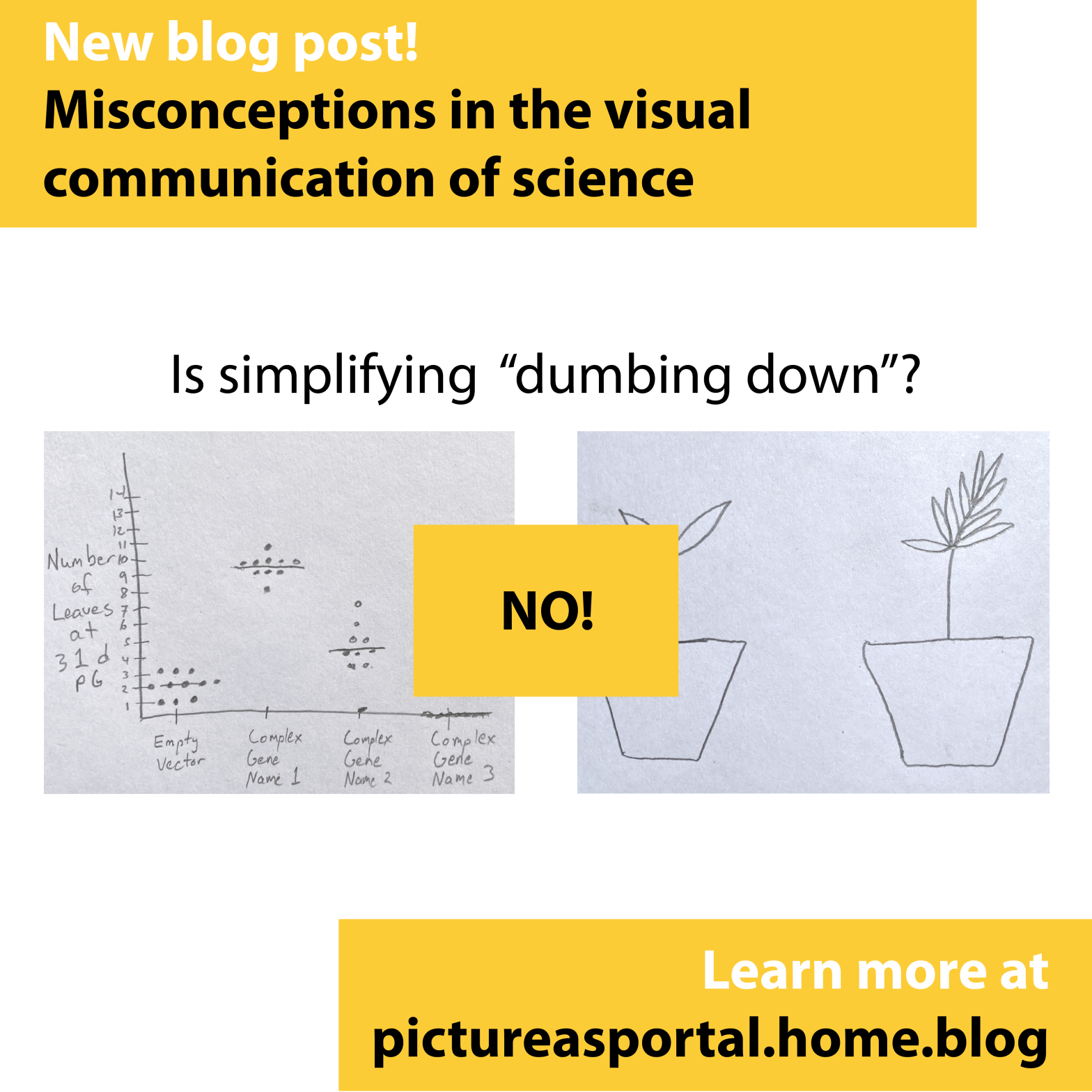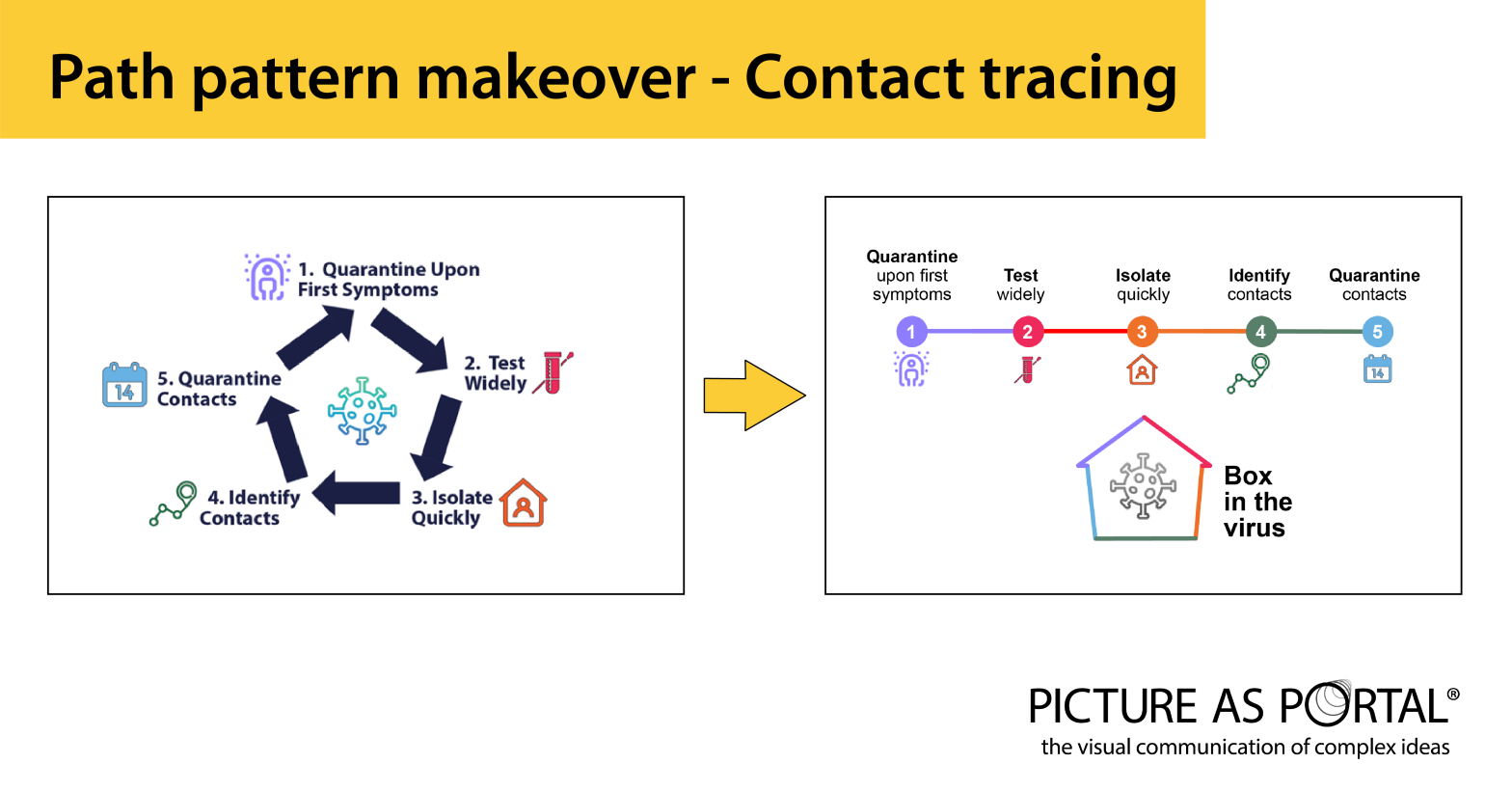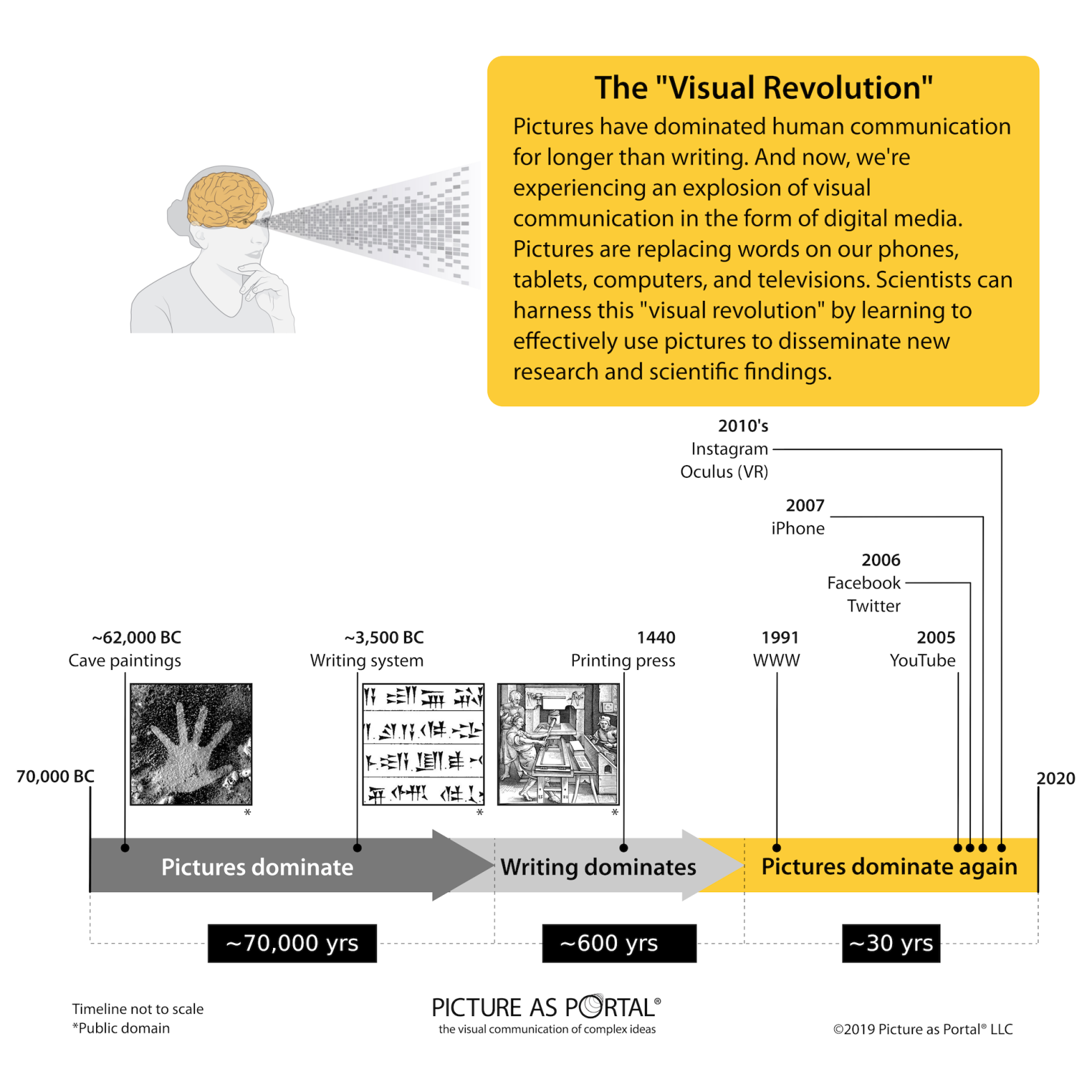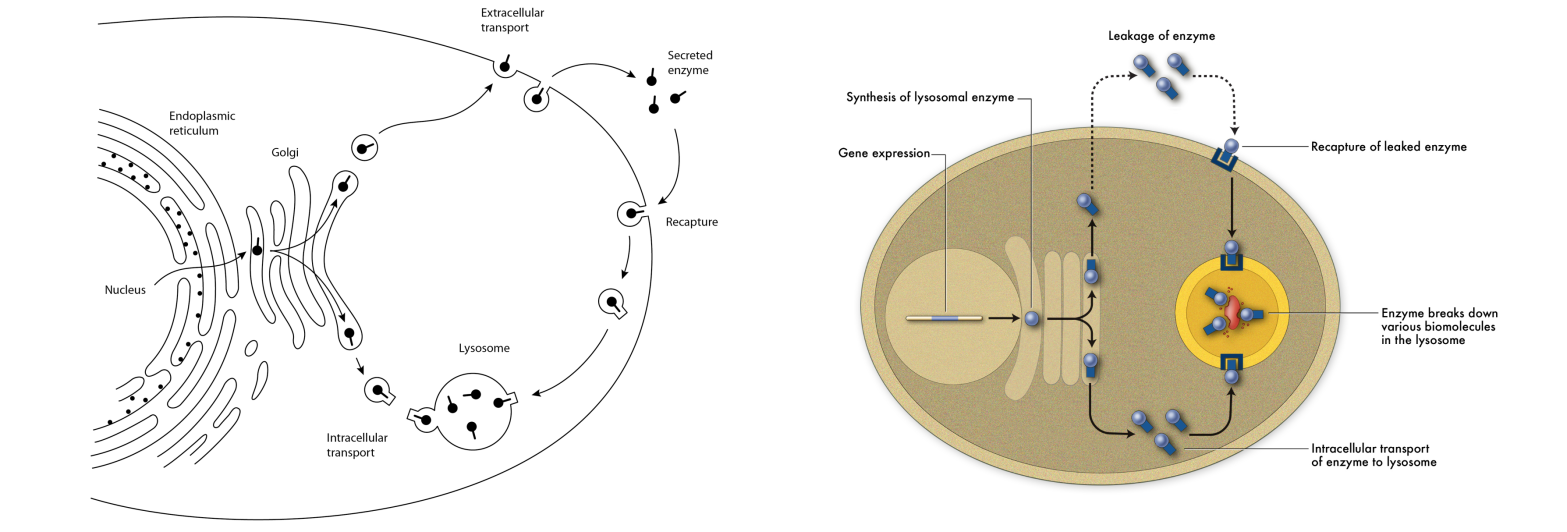The Yale Science Diplomats at Yale University have been using our S.P.A.R.K. online course to help train their members for the “Flipped Science Fair.” At the Flipped Science Fair, Yale researchers present their work to middle schoolers who both learn from the experience and get to judge the researchers’ posters. In this blog post, Yale …
Continue reading “Case study – PROTAC picture from Michael Bond”
